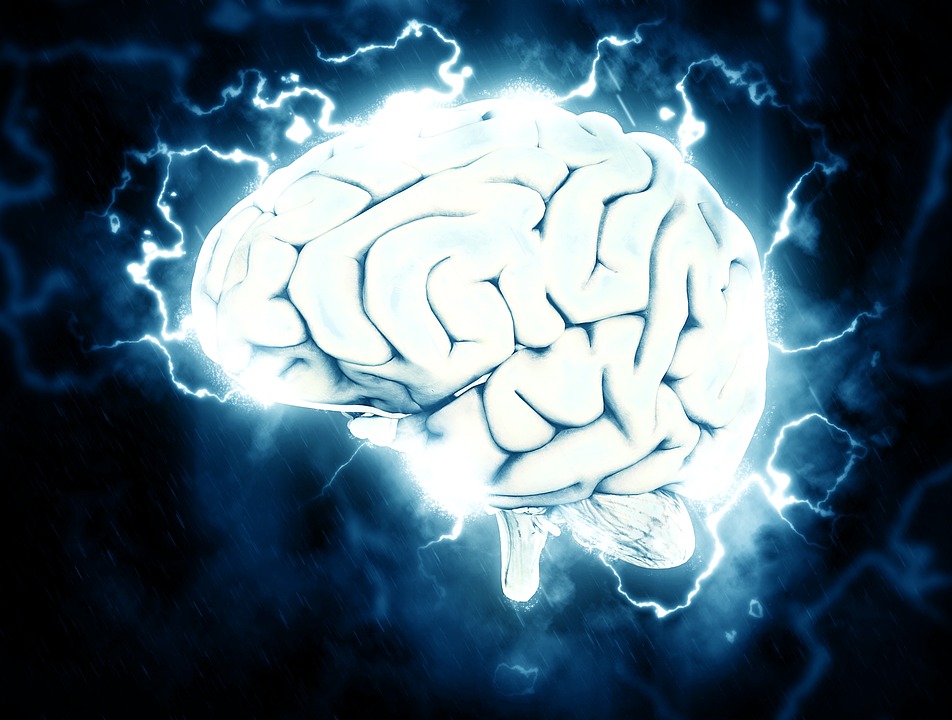Human brains are plastic (no, not the kind you get your Crispy’s takeout in!). Neuroplasticity refers to the brain’s astonishing ability to change and adapt over time. This could involve the reorganisation of tasks, the development of new neuronal connections, or a change in the division of labour among brain regions. However, as humans age, neuroplasticity decreases, resulting in a more rigid distribution of cognitive function (i.e. the ways we pay attention, learn, solve problems, process information, remember, and even forget) across brain regions.
Meanwhile, many fish species exhibit brain plasticity throughout adulthood, as they continue to undergo neural stem cell generation. This results in adaptive advantages for survival under different conditions. For example, enlargement of the olfactory bulb (controlling the ability to smell) in a predator-dense environment leads to increased vigilance behaviours in 9-spined sticklebacks. What if, like these fish, humans could retain brain plasticity into adulthood?
A recent study published on 18 October 2018 in Neuron saw researchers from the Salk Institute investigate the use of astrocytes (specialised neural cells) in the promotion of brain plasticity. Specifically, they studied CHRDL1, a protein secreted by astrocytes that is involved in maturation and stabilisation of nerve cell connections within the brain – it converts permeable AMPA glutamate receptors (which mediate synaptic transmission in the central nervous system) to impermeable ones.
Interestingly, when the gene coding for CHRDL1 was de-activated in mice models, inhibiting the production of this protein and thus maintaining the permeability of AMPARs, the animals exhibited a much higher level of brain plasticity than normal. In fact, adults showed a similar level of plasticity to that of infant mice, whose brains were still in their developmental stages.
Encouragingly, this research could suggest ways of restoring lost neuronal connections in cases of trauma, or age-related cognitive decline. As life expectancy increases, age-related disorders, such as dementia, pose a greater threat to global health. Hence, the implications of this research may be significant and widespread.
There are a number of arguments regarding the causes of age-related cognitive decline, including stroke, atrophy (wastage), and neuronal changes in the frontal and temporal lobes. All of these may result in a loss of function in a range cognitive abilities, namely memory and information processing speed. Now, imagine if our brains had the capability to ‘re-wire’ themselves, and one area of the brain could take on the function lost from another. Through the inhibition of CHRDL1, we could induce an increase in brain plasticity, and subsequent ‘rewiring’ among cognitive functions – thus providing a potential ‘cure’ for currently incurable diseases.
image source: pixabay.com

